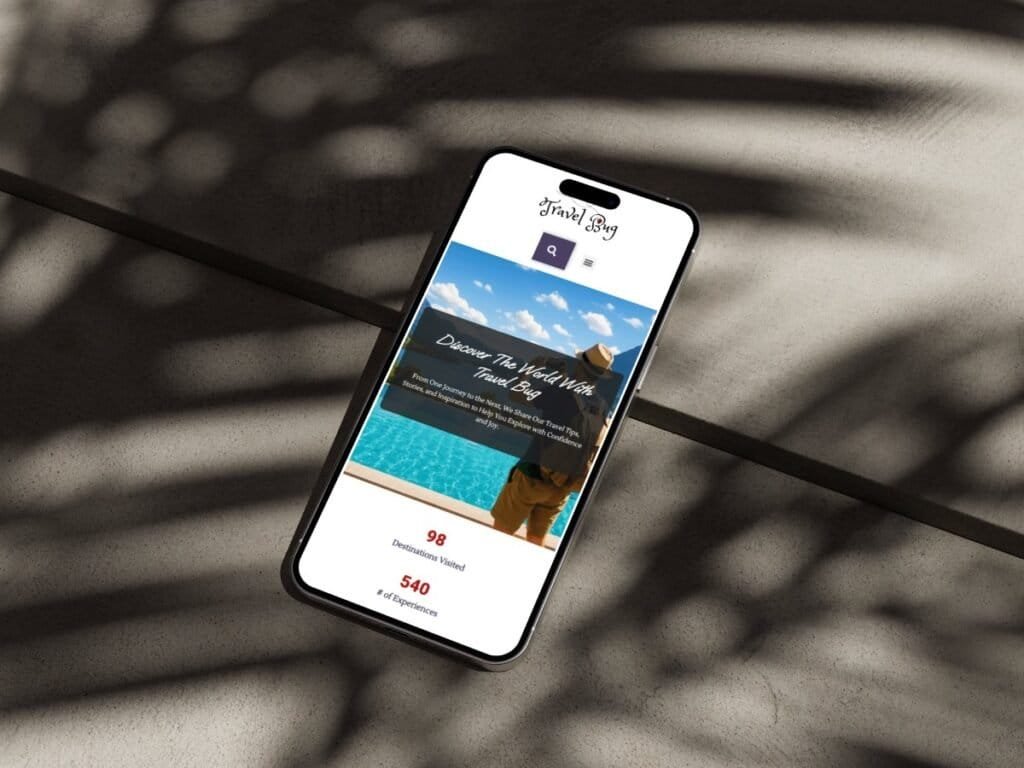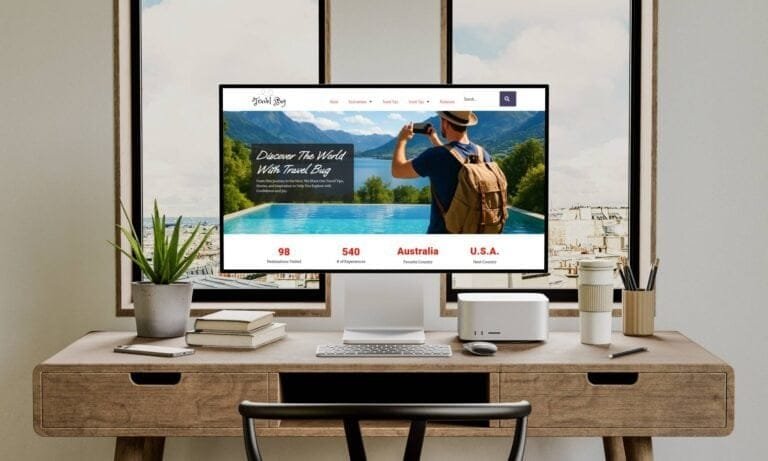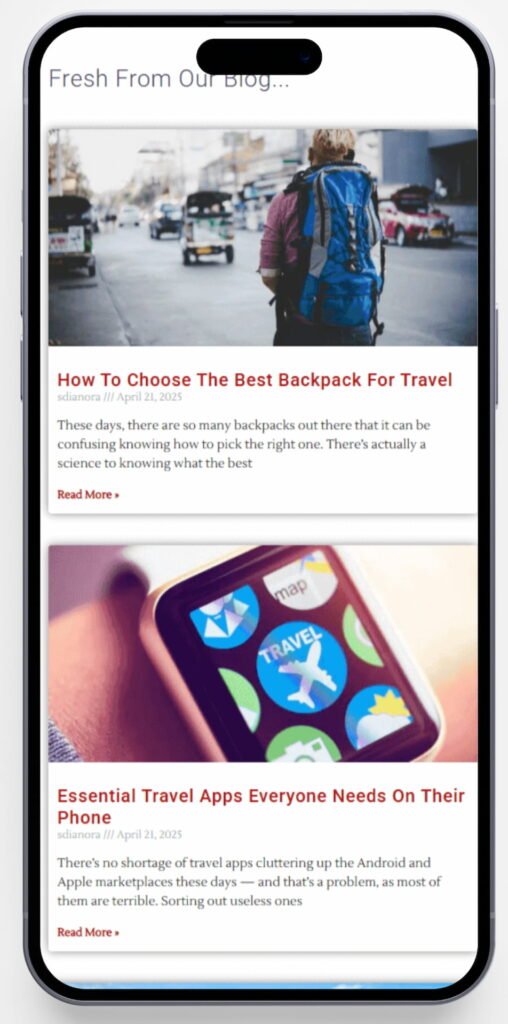
TravelBug is a sample project designed to demonstrate how a blog-based website can support content creators and digital nomads. Inspired by real-life travel bloggers, this mock brand represents the needs of creators who want to document their journeys, grow an audience, and generate income through blogging. The concept called for a site that would be engaging, easy to manage, SEO-optimized, and scalable for long-term growth — even without technical expertise.


I built TravelBug using WordPress and Elementor, focusing on performance, usability, and content strategy. This concept site includes:
A modern, mobile-friendly design that reflects the spirit of adventure
A structured blog system with categories, subcategories, and tags
An intuitive backend for easy content publishing and post management
On-page SEO best practices baked into the design
Optimized images and essential security measures for speed and protection


While TravelBug isn’t a live client project, it demonstrates my approach to building strategic blog websites for creators and entrepreneurs. It shows how design and structure can:
Support consistent content creation and organization
Improve search engine visibility and audience growth
Enable passive income streams like ads and affiliate links
Provide an enjoyable user experience across all devices
This project serves as a portfolio example of how I help content-driven businesses build professional, scalable websites—even in a purely conceptual setting.